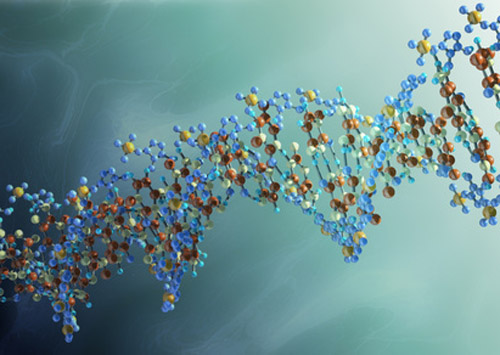Next step is data analysis and interpretation of genetic regulation in cell proliferation.
BGI (previously known as the Beijing Genomics Institute) and GT Life Sciences report that they have successfully completed sequencing of the Chinese hamster ovary (CHO-K1) genome. They expect their work to yield a wealth of new information and understanding of CHO cell functions.
“Sequencing the CHO genome represents a major milestone in optimizing this widely used mammalian cell line both for pharmaceutical research and for production of therapeutic proteins,” states Bernhard Palsson, Ph.D., Galetti professor of bioengineering and adjunct professor of medicine at the University of California, San Diego. “This newly available knowledge will bring multiple benefits including media optimization and improved cell growth, protein production, glycosylation, and cell-line engineering. Ultimately, it brings genome-scale science to CHO-based production of biopharmaceuticals.”
GT Life Sciences established the CHOmics business platform for metabolic modeling. Engineering of mammalian cells has proven effective in optimizing CHO cell media and developing novel selectable markers, the firm says.
“The availability of the sequence together with a complete genome-scale model of CHO metabolism is proving to be a powerful tool that will allow us to deliver the next generation of process technologies for biopharmaceutical production in CHO and other mammalian cell lines,” adds Iman Famili, Ph.D., senior director, R&D at GT Life Sciences.
“GT’s CHOmics platform provides a valuable foundation for CHO genomics research and the study of CHO cell metabolism,” notes Jun Wang, Ph.D., executive director of BGI. “BGI’s sequencing and bioinformatics capabilities combined with GT’s CHOmics platform will contribute to the transformation of biopharmaceutical production.”
BGI and GT will work closely on the next stage of data analysis and interpretation of genetic regulation in cell proliferation. Both parties intend to collaborate on future sequencing and analysis on different CHO cell lines for various therapeutic purposes.
CHO cell lines are used widely in biological research and in the production of therapeutic proteins. Today at least 70% of all therapeutic proteins are produced in CHO cells, according to BGI and GT Life Sciences.


